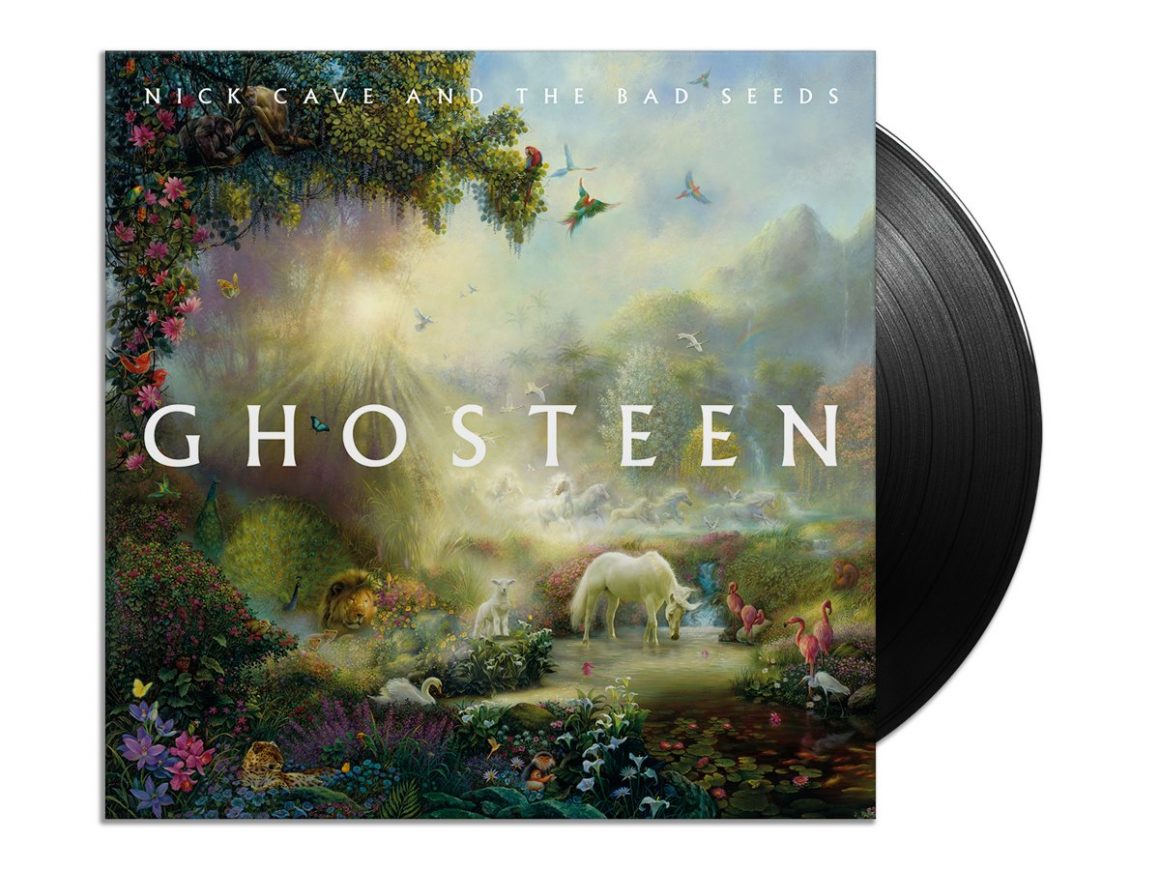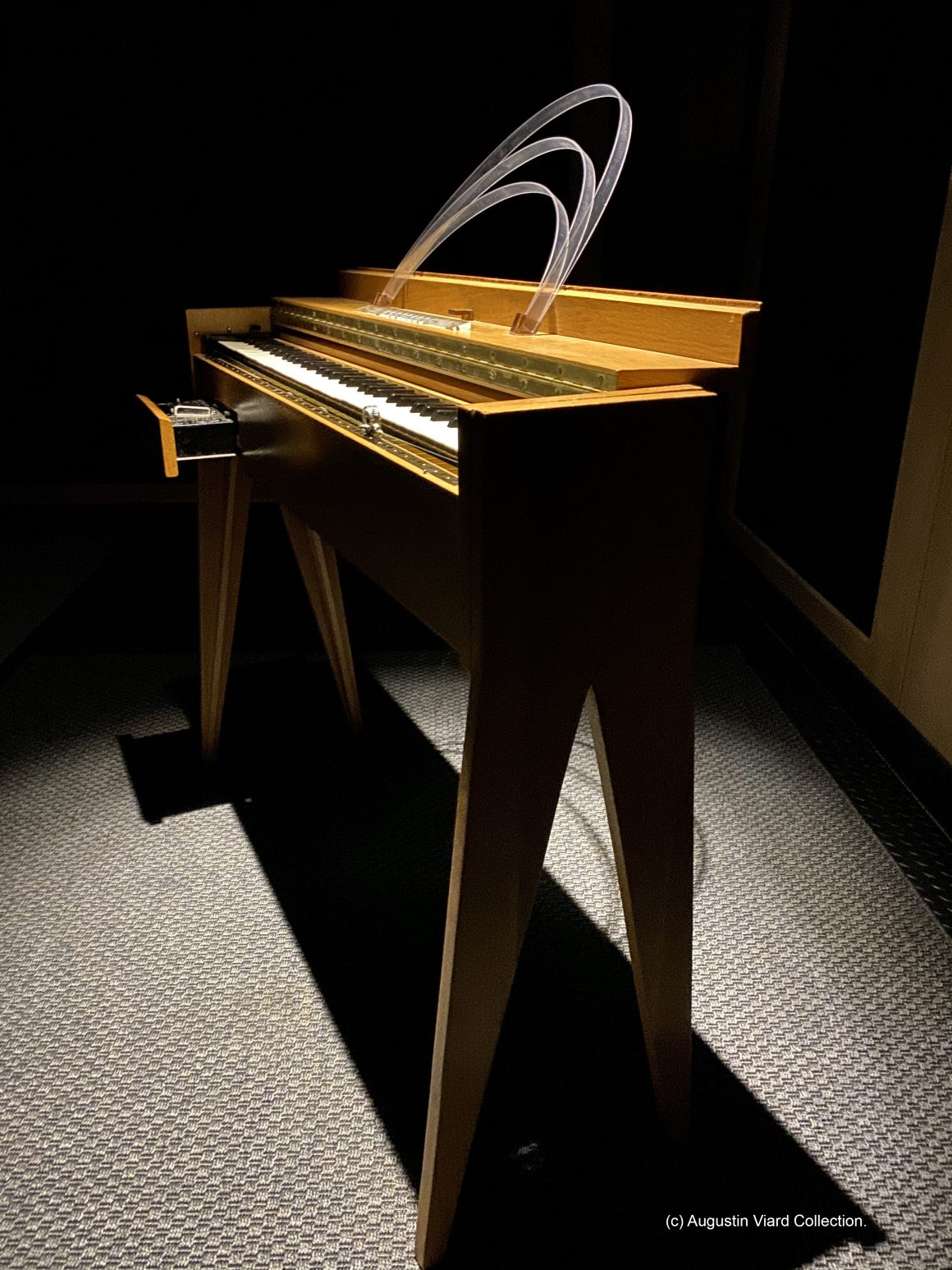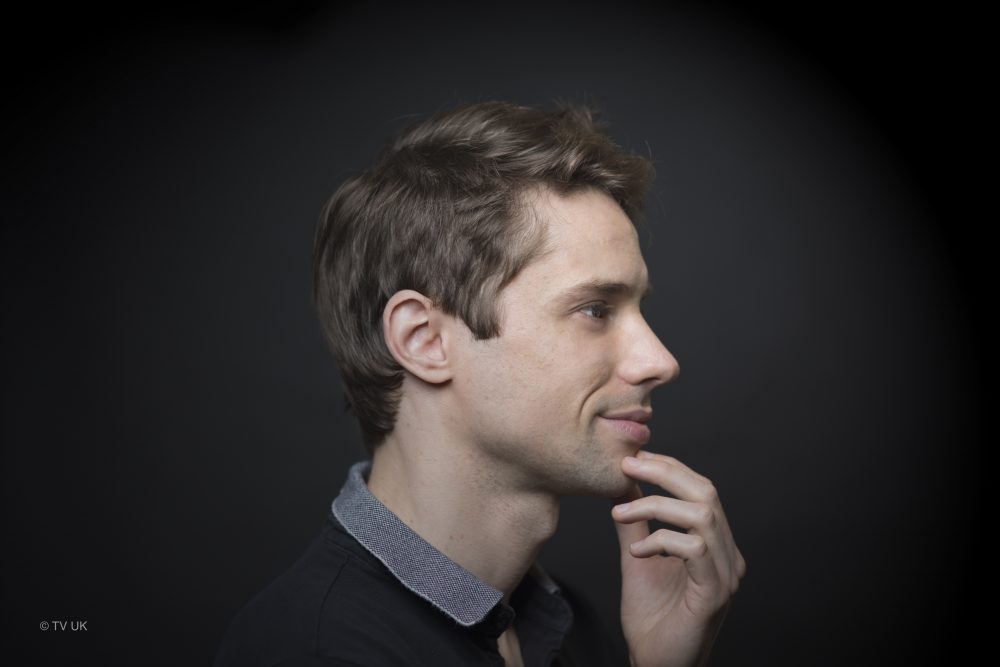
Nick Cave and the Bad Seeds album Ghosteen was one of last year’s most significant and successful releases, reaching the top 10 in over a dozen countries to unanimous critical acclaim.
To the band’s traditional lineup, Ghosteen’s liner notes add another musician, Augustin Viard performing a very rare, little-known yet hauntingly beautiful instrument called Ondes Martenot, one of the first electronic instruments ever invented…in 1928.

Twenty years after Radiohead’s Jonny Greenwood brought this instrument back into the spotlight, Ondes Martenot has become all the rage again.
We got up close and personal with one of the very few professional ondists in the world, rapidly making a name for himself on the international scene.
Discover our fascinating and exceptional conversation with Augustin Viard:
How did you get involved with Nick Cave and the Bad Seeds?
I had already worked with Warren Ellis for France Culture – we both composed the soundtrack of an audio cinema piece called “Le Brasier Shelley” featuring Marianne Faithfull and Gaspard Ulliel. Warren thought the sound of real Ondes Martenot would be a perfect fit for Nick’s new ethereal album. So they called me over to spend some time with them in the recording studios in England.
How did the Ghosteen recording sessions go?
Playing in front of a legend such as Nick Cave felt like a real privilege. I was a tad nervous at first, but he was very warm and I felt genuine respect for the instrument from the whole band. We recorded at The Retreat in Brighton, which is a bit of a creative heaven : cosy, comfortable and almost homely setup. Nick and Warren guided me throughout the performances, whilst the other seeds listened almost religiously and showed their genuine appreciation.
How did you feel when “Ghosteen” reached number 4 on the official UK album charts last November ?
Nick, Warren and the seeds truly delivered a memorable album and I was thrilled by the incredible response it received throughout the world. Ghosteen deals with loss and hope in such a beautiful and authentic way, it’s small wonder the album echoed so deeply with the public, even with non-fans. As for my contribution on the tracks, it’s only a tiny piece of this intricate masterpiece, yet an immense honour.
There are only a handful of professional ondists in the world. Why?
Mastering an Ondes Martenot to a professional standard requires formal training, in my case I studied it for 10 years. Today, there are only about 5 conservatoires in the world offering such specialized teaching. Genuine instruments are also extremely hard to find, as they were never massed produced, only a few were hand-manufactured between 1928 and 1980. I am very lucky to own a collection of five genuine Martenot ondes. They are my prized possessions and require a lot of care and attention.
The Ondes Martenot is a 100-year-old instrument. How do you explain its revival in modern music?
It’s one of nature’s oddities. After the death of its inventor and only manufacturer Maurice Martenot in the eighties, everybody thought the instrument would become a thing of the past. Thankfully, Radiohead started the ball rolling back again in 2000 with Kid A, and introduced it to a whole new generation. The sound of the Ondes owes its uniqueness to both ancient electronic components which can no longer be found and the ring play which cannot yet be fully replicated by any software. People young and old fall in love with its extreme expressivity. It will survive us all!
Find more of Augustin Viard’s work on his website: https://www.augustinviard.com/

